“If I could tell you what it meant, there would be no point in dancing it”
~ attributed to Isadora Duncan
There is a modern storytelling style that commits dance to film. The human form in motion has a secret language of its own that we all can understand, even if we can’t always describe what we see in words. This melding of two artistic forms –dance film – brings new possibilities to both, and the possibility of a new visual aesthetic that is far, far removed from simply recording performances. An example is the winning film this year’s 60secondsdance competition, the Dutch film HANG ON – CARRY ON.
This year’s Loikka (“Leap”) dance film festival again brought a diverse range of styles and visions in dance film to an eager audience from Finland and around Europe. Across four days the festival offers a mix of short film programs, longer dance film expositions, seminars for professionals, and evenings for networking and improvisations. It’s possible to see and do everything if you wish. Eleven films debuted this year, including several Finnish films.
The programs of shorts are always a personal favorite. Each program collects six to nine films around a central theme, such as Together (about mutual understanding) or Made for Screen (about dramatic composition), and audience members can vote their favorites. Seeing many short dance films in quick succession, highlighting their similarities and differences, is a lively cinematic and aesthetic experience. From meditative to hyperkinetic, from restraint to sheer exhilaration, in solitude or in community, in ritual or in pure spontaneity, these are all on view.
FILMS
This year saw 67 films from 23 countries. To provide a flavor of what was on offer, here are opinionated observations about a few of them.
Peripheral Vision (Finland 2013, Ääreisnäkö, Antti Ahokoivu) begins with the tactile experience of the forest, of the natural world. Soft green undergrowth beneath the feet; purple berries crushed in the palm. Moved by the idyllic setting and by the wind; moving with the wind, and with the forest’s undercurrents. But when the woods are threatened, empathy finds the resolve to fend off an ill wind: alone and together we topple, we fall, until peace is restored. / This film was a personal favorite.
In Happy Feet (France 2012) it’s late at night in the middle of nowhere in a tent in a travelling road show. The soul preacher man finds his congregation and calls the meeting to (dis)order. Sweet music from the sky fills them all; they cut shapes alone and together in their private celebration of the joy of being.
Dip N’Dance (France 2013) is a surreally chaotic animation. In a hyper-automated home of the future, our hero is assaulted by his machines – nearly electrocuted, and then alternately blocked, mocked, yanked to and fro, and subjected to all manner of riotous abuse. Call the electrician!
Keeping Time (Ireland 2014) opens somewhere in sub-Saharan Africa where the mines meet native culture. In the dead of night, a male of the tribe find himself in the heart of the mining complex. He asserts his identity through rituals and expressions of dance in the industrial space. Some striking imagery.
Embrace (UK-Belgium 2014) shows us a man and a woman, in duet on a granite bench on a windy coast. The sea and the wind are in motion, and our duettists move with them, gently. An affecting and romantic film.
Outside In (Sweden 2011, Tove Skeidsvoll) gives us a female figure alone in the woods, moving swiftly, as wisps of mist roll through. Very quickly though we see: this is not an “ordinary” dance film, using dance to tell a story; in fact we are watching a shoot on a film set. We ask ourselves: is it possible for the performer be alone in her own thoughts in these “woods”, on this set? The answer is before our eyes: of course it is, because for the performer it is the only way. No-one else can guide the performer, who in a sense is there simply to exist, and move and react in truth and drink deep the experience of the surroundings. So, then, what happens at the end of the scene? / This film seemed to attract a lot of comment from the audience.
The first Finnish 3-D dance film to make it to screen debuted (The Raven). Another film examined the Finnish National Ballet on tour at the Bolshoi (Chosen Ones). Two examined the lives of choreographers (Connective Patterns; Over My Dead Body). Very, very many films left unique marks.
Many of this year’s films seemed to share an idea that in shared spaces – outdoors and along the shore and anywhere around the town – we can claim a small corner of reality for ourselves, even if only for a few moments. Presence denotes more than mere existence – it is by our choices of where to be and how to be there that we define ourselves and assert that we are living, breathing, growing entities.
PRO AND MORE
Two seminars, open to the public too, addressed issues and challenges faced by practitioners in either field – dance or film – who wish to create in this unusual art form. Dance films tend to fall “between the cracks” in terms of cultural classification and funding, so it can be a challenge. Research on the success of grant applications to various funding bodies in Finland were discussed by panel members from the Ministry of Culture and other institutions, and foreign guests shared observations on their own milieus.
Given their hybrid nature, it is often not obvious where to screen dance films. Film events could screen selections to accompany their main features. The archives of 60secondsdance, Loikka, and similar festivals have a huge variety of genres and topics to choose from, with something for any film program.
The club evenings in Helsinki’s bar Dubrovnik were something else all together. Saturday was an evening to relax and unwind and network under the expert musical guidance of DJ Tytti and the band Howlin’ Duo. The preceding evening though was the festival video dance jam. Participants – all of whom signed releases – were placed under the direction of several choreographers to realize in turn each choreographer’s own ideas. Music was DJ’d or improvised while handheld cameras moved in, out and about to capture action. The results are made available to all participants for creative remixing, and as a group exercise it was a lot of fun and a great opportunity to get to know everyone.
See you at Loikka next spring !
A text by Fred Baube of Loikka 2015
]]>

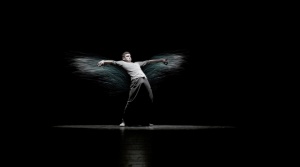



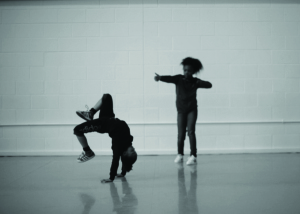












![THE_Dancer_Imogen-Cranna,_[colour-graded]-Photo-Ehran-Edwards-(c)2013-The-Physical-TV-Company](http://loikka.fi/wp-content/uploads/2015/02/THE_Dancer_Imogen-Cranna_colour-graded-Photo-Ehran-Edwards-c2013-The-Physical-TV-Company-300x200.jpg)
























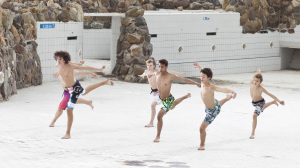

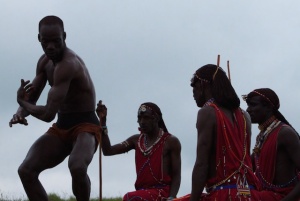
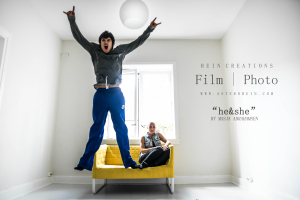
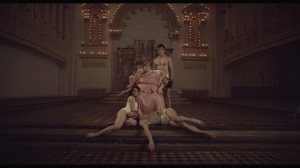
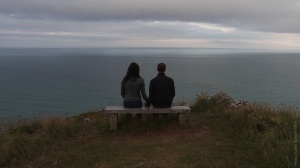
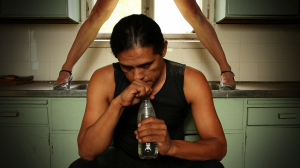
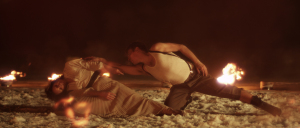
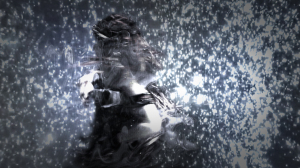
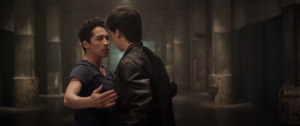



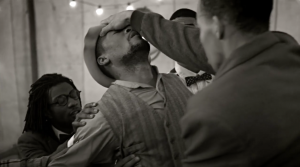
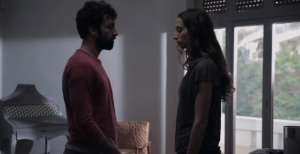
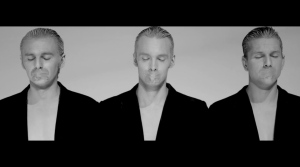
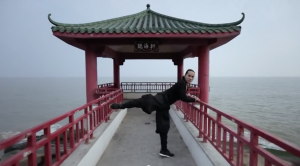
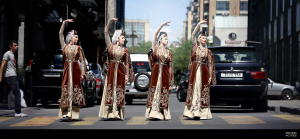












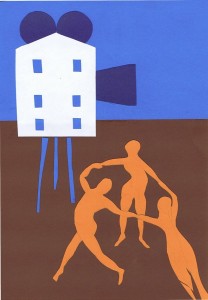 The focus of the dance film laboratory is on creativity and research. All participants are equal and work together exploring and experimenting with the merging of film and dance.
The focus of the dance film laboratory is on creativity and research. All participants are equal and work together exploring and experimenting with the merging of film and dance.
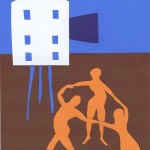 Luomis- ja tutkimustyöhön keskittyvä tanssielokuvalaboratorio, jossa jokainen osallistuja on samanvertainen ja yhdessä tutkimassa, tekemässä kokeita elokuvan ja tanssin yhdistämisestä.
Luomis- ja tutkimustyöhön keskittyvä tanssielokuvalaboratorio, jossa jokainen osallistuja on samanvertainen ja yhdessä tutkimassa, tekemässä kokeita elokuvan ja tanssin yhdistämisestä.





















































